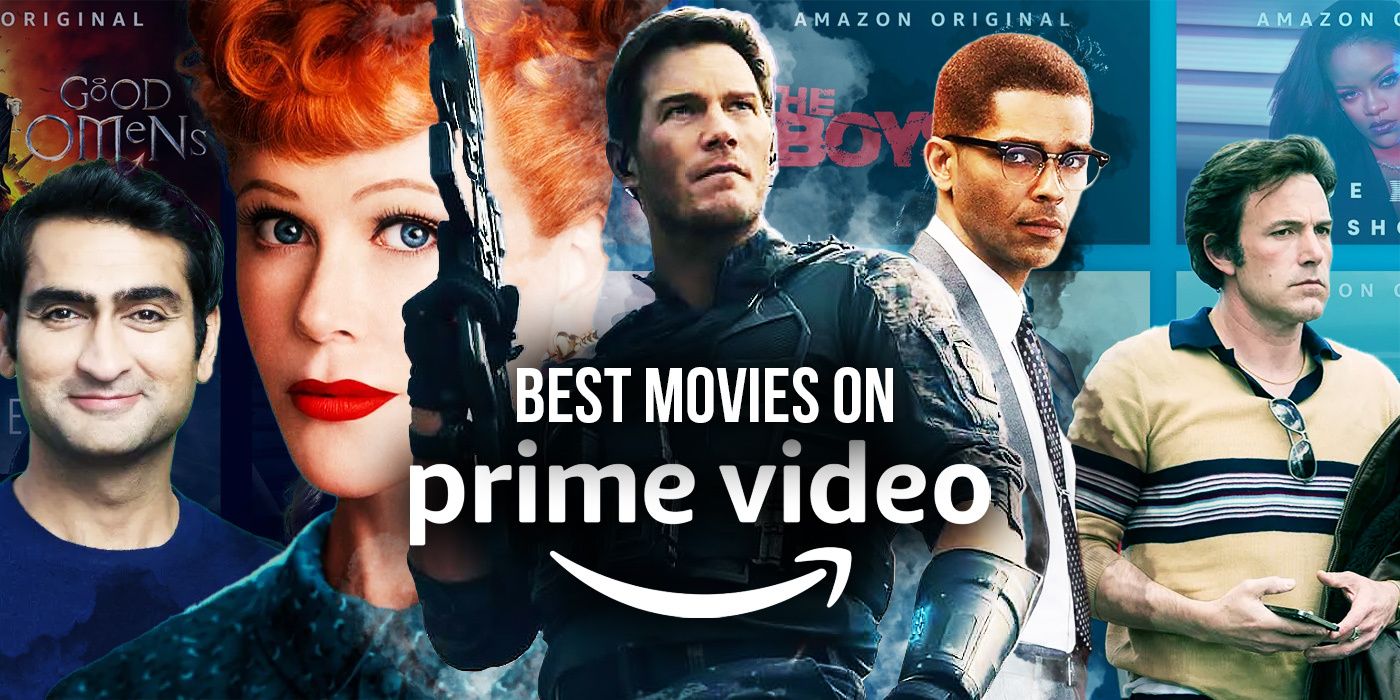VR is no longer simply a concept for science fiction. It’s a feature of your current reality. Some businesses are already utilizing the new technology and benefiting from its advantages.
Virtual reality (VR) offers a safe environment for simulating real-life situations with little risk to the user.
Defining Virtual Reality
A simulated experience known as virtual reality can take place anywhere in the world. Virtual reality headsets that wear over the head and may be worn like glasses or goggles are now widely known to most people.
Some of the most well-known and pricey VR headsets are the Samsung Gear VR and the Oculus Rift. These link to virtual worlds accessible through smart devices or gaming consoles.
Similar to what you’d anticipate from a 4D production, other VR experiences incorporate several projected scenes that integrate more advanced senses like touch.
You’ll be able to experience everything in 360 degrees, at least with VR headsets. With the appropriate add-ons, users of VR may be able to walk through and interact with an artificial environment and view it.
VR Applications: Various Industries That Can Benefit From VR
Virtual Reality (VR) is gaining popularity and enlisting more users. This technological tool is already embraced by individuals entering the industry and is improving and becoming more practical. VR is poised to change how we communicate, shop, watch, experience, and even conduct business. It holds immense potential in a variety of areas.
Although consumer acceptance of this technology is still in its early stages and advancements are accelerating, many organizations are finding innovative ways to employ VR and capitalize on its business benefits.
The following are various industries/sectors that stand to gain the most from virtual reality:
Healthcare Sector
Training is the most significant way that VR is revolutionizing healthcare. Virtual Reality (VR) creates a space where people may learn and develop in actual outdoor settings.
Specialists carrying out extremely precise surgeries can rehearse using VR without dealing with an emergency. In addition, practitioners who need to familiarize themselves with the hospital setting can do so without added stress.
Additionally, the technology is employed in cognitive behavior therapy, which gives patients with phobias and anxieties a safe environment to work through their issues.
Automotive Industry
The processes for safety, design, and purchasing in the automotive industry have evolved due to VR. Engineers and designers may evaluate how a new vehicle looks and functions without creating many models, thanks to VR’s realistic components.
Additionally, the outside environment can be digitally duplicated so that vehicle safety testing can be done without expending the effort and time necessary for actual tests.
Today, major companies are embracing Virtual Reality (VR) for sales and design, including Hyundai, Ford, and Volvo. Customers now have access to all the vehicles and may test drive them and examine their characteristics. As a result, the requirement for a dealership showroom will no longer be necessary with the development of VR.
Tourism Industry
Virtual reality (VR) provides guided tours to any global location, allowing travelers to virtually explore the area before organizing a trip. This specifically aids tourists in learning more about smaller, less visited locations.
In addition, tourism and hospitality businesses use interactive technology to promote their lodgings and locations so that potential visitors can experience and explore the surroundings before making a reservation.
One such successful example of a partnership is the one between Thomas Cook and the Samsung Gear VR, which provides a realistic depiction of all Thomas Cook sites worldwide. Within the first three months, this project generated nearly £12,000 in profit and a tremendous return on investment of 40%.
Education Sector
Virtual reality technology is mainly used in education for educational purposes, from surgeons to mechanics. Virtual reality in the classroom includes interactive lessons for kids with special needs, immersive games, and virtual field trips for younger students.
Students benefit significantly from such fully immersive gaming experiences since they may do things in virtual reality that are impossible in the real world. As a result, a virtual platform is a new tool that encourages pupils to learn creatively.
Digital Marketing
Even though most people dislike ads, seeing how a product is used up close may be both enjoyable and educational. Virtual reality has several uses in digital marketing.
For instance, retailers might show their products to potential customers in their homes. As an alternative, the charity may create a message that is more sympathetic to political issues.
Aerospace Industry
Because VR technology makes it possible to collaborate at every stage of creating and maintaining processes, the aerospace industry is evolving into one that is very immersive. Employees working in various areas may communicate more effectively and understand one another better thanks to this collaborative technology.
With visualization and product behavior testing, engineers, designers, and manufacturers can collaborate more effectively and quickly to produce high-quality goods.
A strong link between many departments is made possible by VR’s realistic visualization, which fosters improved
comprehension throughout the design and construction process. Ground controllers, service personnel, pilots, and engineers can efficiently maintain the items as the communication gap is closed.
Interior Design
In VR, your house’s structure isn’t the only thing receiving a facelift. Now, you may recreate the interior design using immersive experiences. Profiting from this, businesses like Flipspaces provide consumers with 3D simulations of the inside of their home or workplace, including lighting, ventilation, color schemes, and actual objects.
Platforms like this can potentially increase direct sales for furniture businesses like Ikea and assist designers and homeowners in visualizing the look and feel of a house.
Learning & Development
With organizations like Bank of America purchasing 10,000 VR headsets and Walmart providing VR training to its one million employees, the training sector has begun to embrace the benefits that VR learning offers.
People can learn through experience in a risk-free environment using VR; it is reliable, cost-effective, and scalable. For instance, Virtual Speech offers VR training for soft skills like sales, active listening, and public speaking. They combine online simulations with VR practice to allow trainees to hone their VR skills in various settings, including meeting rooms and auditoriums.
VR training dramatically boosts learning retention levels thanks to its experiential learning. In a well-known study on the efficacy of VR learning for soft skills, PwC discovered that people might learn up to four times faster in VR.
Architecture
VR is gradually altering how architects experiment with their work and develop it. With VR, it’s possible to visualize both the appearance and feel of a building or location.
For instance, if someone wanted to extend their home, they could view the room and how it would appear before it was built and then make adjustments in real time. By doing this, the client and the architect can complete the project more quickly and affordably while feeling more satisfied.
Although architects have long used 3D models, immersive tools enable them to comprehend and experience the area at the most in-depth level. Even in the UK, the BBC has a TV program called Your Home Made Perfect based on two rival architects showing prospective homeowners concepts in virtual reality (VR) before they are built.
Conclusion
Virtual Reality (VR) may be the next major computing platform. VR is here to take various industry sectors by storm with its ability to reshape established enterprises, from attending concerts to purchasing a new home. The industries mentioned above are a few that Virtual Reality greatly enhances, even though there are many more.
























































![Key Metrics for Social Media Marketing [Infographic] Key Metrics for Social Media Marketing [Infographic]](https://www.socialmediatoday.com/imgproxy/nP1lliSbrTbUmhFV6RdAz9qJZFvsstq3IG6orLUMMls/g:ce/rs:fit:770:435/bG9jYWw6Ly8vZGl2ZWltYWdlL3NvY2lhbF9tZWRpYV9yb2lfaW5vZ3JhcGhpYzIucG5n.webp)





.jpg)










